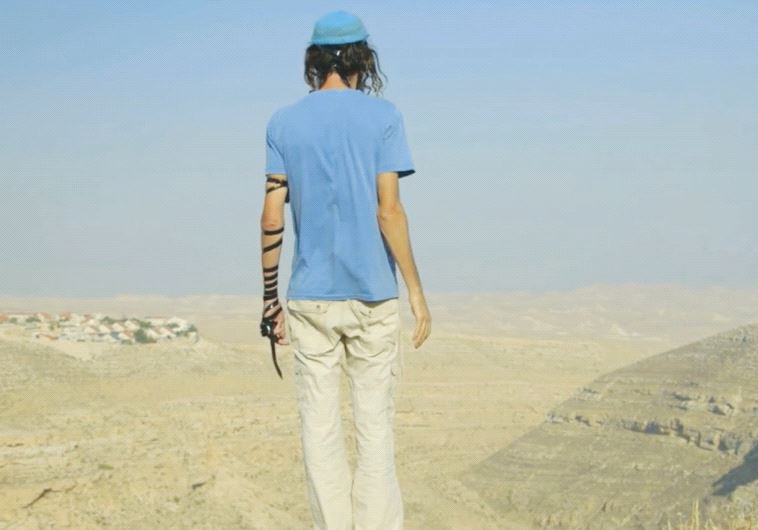A window into the West Bank
Shimon Dotan’s ‘The Settlers’ examines the origins of the settlement movement and the religious and ideological visions that inspire it.
 A SCENE from Shimon Dotan’s latest documentary ‘The Settlers.’(photo credit: PHILIP BILASH)Updated:
A SCENE from Shimon Dotan’s latest documentary ‘The Settlers.’(photo credit: PHILIP BILASH)Updated: